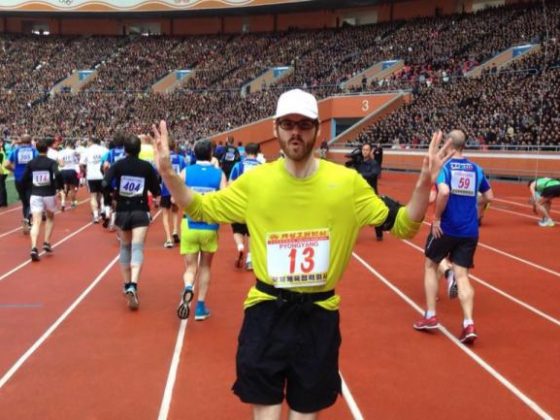The Mangyongdae Prize International Marathon in Pyongyang, North Korea, started in 1981 but has only been open to foreign amateur runners since 2014.
I ran in this year’s race — the 29th marathon, held on April 10 — along with a mix of North Korean runners, foreign professionals and international tourists.
It’s relatively easy to get into North Korea as part of a package tour, but by running the marathon you can see more of its capital city at your own pace, without a tour guide next to you. The marathon was opened up to tourists as a sign of North Korea’s desire to show off to the world that it can host international events, even as it shutters itself off diplomatically.
